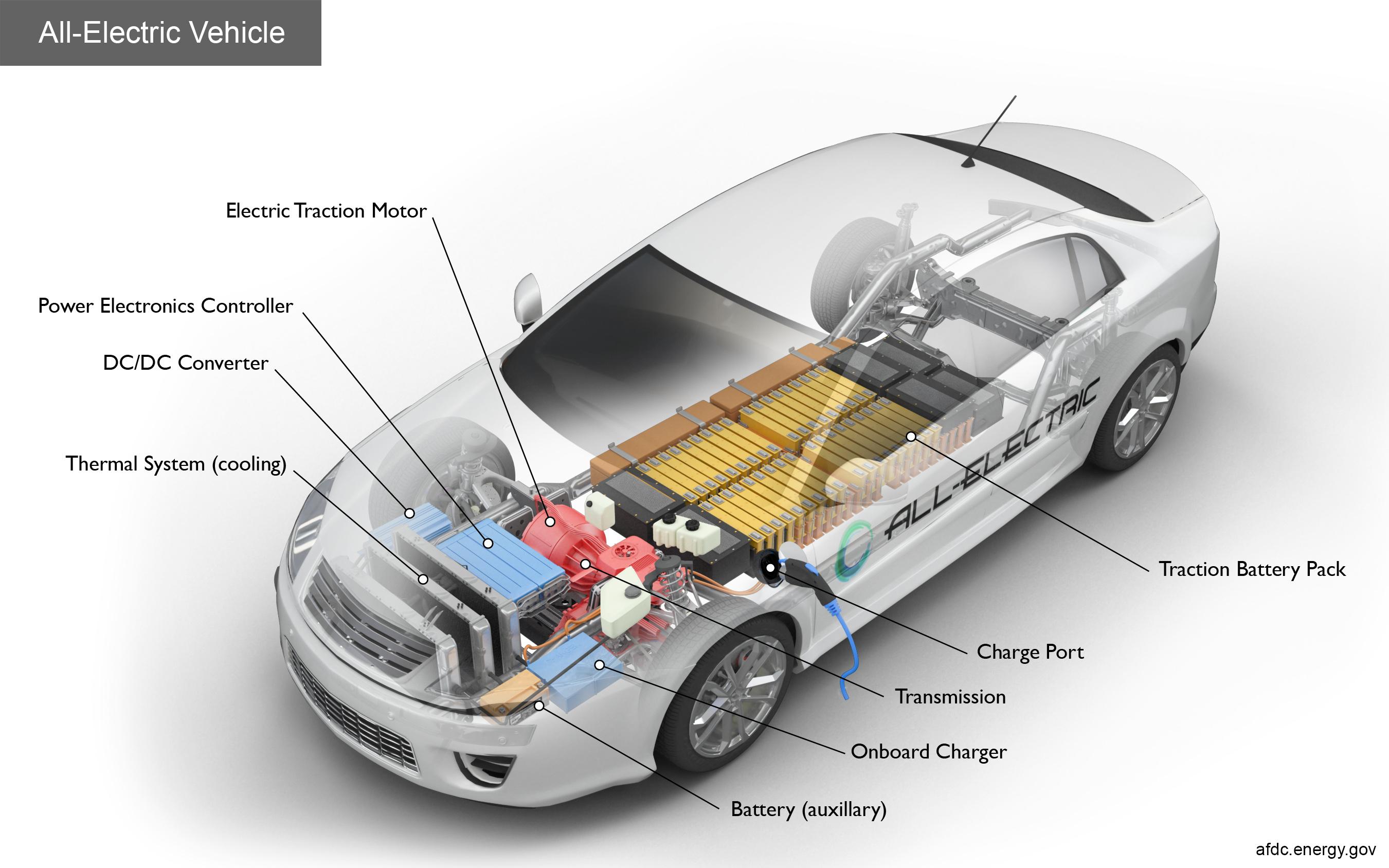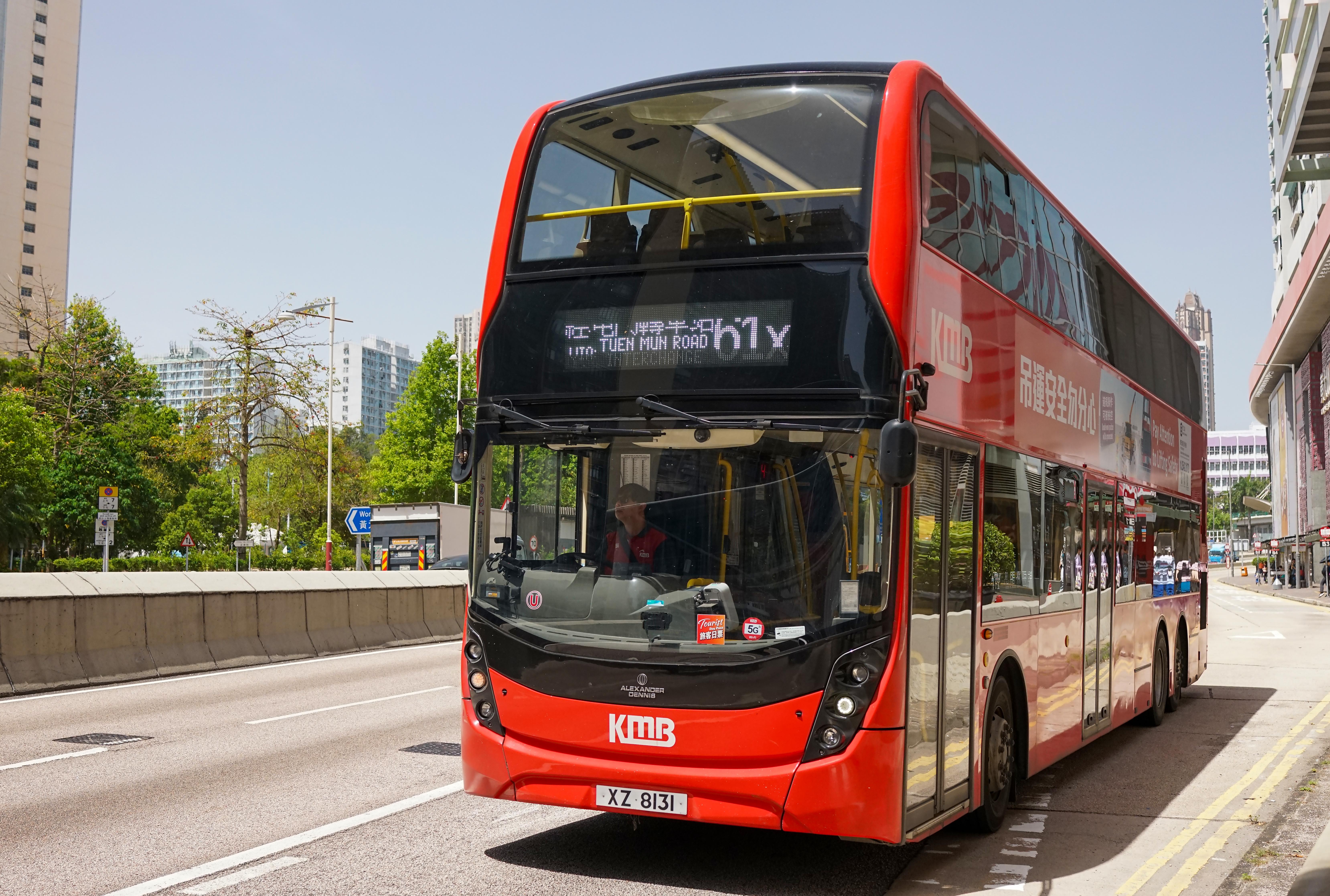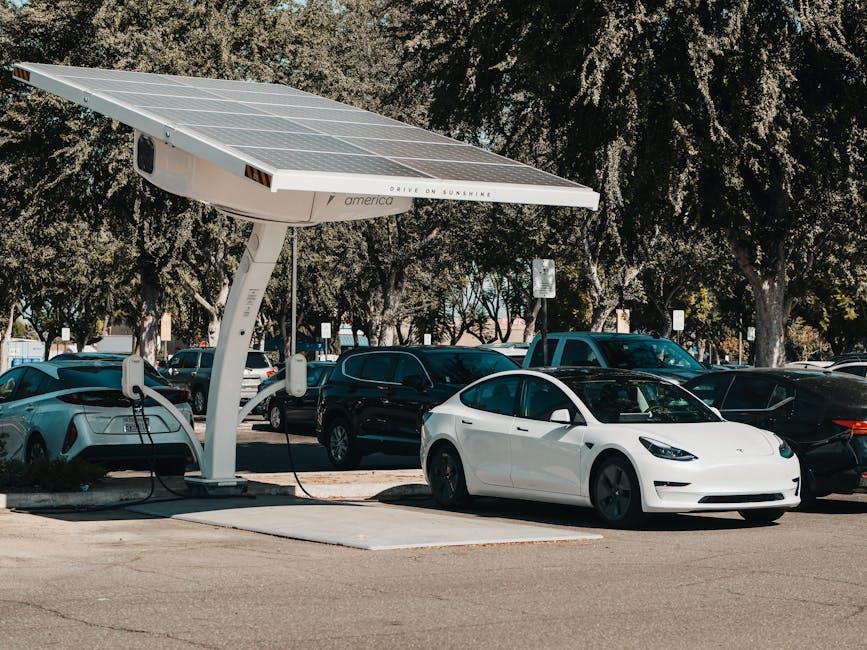Table of Contents
- Understanding the Mechanisms of Energy Efficiency in Electric Cars
- The Role of Regenerative Braking in Maximizing Efficiency
- Comparing Energy Consumption Across Electric Vehicle Models
- Strategies for Enhancing the Energy Efficiency of Your Electric Vehicle
- The Future of Electric Car Technology and Its Impact on Energy Use
- Q&A
- To Wrap It Up


Understanding the Mechanisms of Energy Efficiency in Electric Cars
Electric cars utilize various mechanisms to enhance energy efficiency, which is a critical factor in reducing overall energy consumption and minimizing environmental impact. At the heart of this efficiency is the electric motor, which converts electrical energy into mechanical energy with remarkable precision. Unlike internal combustion engines (ICE), electric motors can achieve efficiencies of over 90%, significantly reducing energy waste. Coupled with regenerative braking systems, electric vehicles (EVs) can recover energy usually lost during braking and redirect it back into the battery, further optimizing the energy cycle.
Charging technology also plays a vital role in energy efficiency. Most modern electric vehicles include advanced smart charging systems that optimize the charging process. These systems adjust the charging rate based on the state of charge of the battery and the available electricity at the time of charging. Furthermore, many EVs support fast charging, allowing batteries to be topped up quickly while minimizing energy loss. This enhanced charging capability ensures that drivers can maintain their vehicles’ range without sacrificing convenience or wasting energy.
Lastly, the design and materials used in electric cars contribute to their energy efficiency. Lightweight materials such as aluminum and carbon fiber are increasingly common in EV design, reducing the overall weight and therefore the energy required for acceleration and operation. Additionally, the aerodynamic shape of many electric vehicles is crafted to minimize drag, allowing them to slice through the air more efficiently. The combined effect of a well-designed vehicle structure ensures that every watt of energy is utilized effectively, making these vehicles a sustainable choice for eco-conscious consumers.
The Role of Regenerative Braking in Maximizing Efficiency
Regenerative braking is a sophisticated technology utilized in electric vehicles that fundamentally enhances energy efficiency. By capturing and converting kinetic energy that would typically be lost during deceleration, this system plays a crucial role in promoting sustainability. When the driver applies the brakes, the electric motor switches roles, functioning as a generator to convert the vehicle’s motion back into electricity. This reclaimed energy is then stored in the battery for later use, effectively increasing the electric car’s operational range.
Some key benefits of regenerative braking include:
- Extended Battery Life: The ability to recharge the battery while driving reduces the frequency of external charging.
- Increased Efficiency: Regenerative braking can recover up to 70% of the energy typically lost, thereby maximizing efficiency.
- Reduced Wear on Brakes: This system lessens the reliance on traditional friction brakes, extending their lifespan and lowering maintenance costs.
To illustrate the efficiency gains from regenerative braking, consider the table below, showcasing comparisons between conventional braking systems and those that utilize regenerative braking:
| Factor | Conventional Braking | Regenerative Braking |
|---|---|---|
| Energy Recovery | 0% | Up to 70% |
| Battery Recharging | No | Yes |
| Brake Lifespan | Shorter | Longer |
This remarkable technology proves that not only does regenerative braking contribute to a greener environment, but it also enhances the driving experience by promoting efficiency. As electric vehicles continue to evolve, the integration of regenerative braking is a pivotal aspect that underscores the commitment to technological progress and energy conservation.


Comparing Energy Consumption Across Electric Vehicle Models
When examining the energy consumption of electric vehicles (EVs), it becomes clear that not all models are created equally. Factors such as battery size, motor efficiency, and aerodynamics play crucial roles in determining how much energy an EV requires to operate effectively. For instance, while some compact models are designed specifically for urban commuting with smaller batteries, larger SUVs may prioritize range but at the cost of higher energy consumption. Understanding these variances can help consumers make informed decisions based on their specific driving needs.
Another aspect to consider is the measured efficiency expressed in miles per kilowatt-hour (miles/kWh). This measurement not only indicates how far a vehicle can travel on a unit of electricity but also highlights the importance of optimizing driving habits and vehicle maintenance. Generally, vehicles that emphasize low drag coefficients and lightweight materials tend to showcase better energy consumption rates. Below is a comparison table of a few popular electric vehicle models highlighting their average energy consumption:
| Model | Battery Size (kWh) | Range (miles) | Efficiency (miles/kWh) |
|---|---|---|---|
| Tesla Model 3 | 75 | 353 | 4.7 |
| Chevrolet Bolt EV | 66 | 259 | 3.9 |
| Nissan Leaf | 62 | 226 | 3.6 |
| Ford Mustang Mach-E | 88 | 300 | 3.4 |
Choosing an electric vehicle involves more than just the vehicle’s sticker price; understanding its energy consumption is essential for evaluating long-term savings and environmental impact. As battery technology improves and charging infrastructure expands, future models are likely to introduce even more efficient energy consumption rates. For those looking to minimize their carbon footprint and maximize their travel efficiency, comparing these differences across models will be invaluable in making a knowledgeable choice.


Strategies for Enhancing the Energy Efficiency of Your Electric Vehicle
Improving the energy efficiency of your electric vehicle (EV) is not just beneficial for the environment; it also enhances your driving experience and extends the life of your car. One effective strategy is to monitor and adjust your driving habits. You can significantly improve your vehicle’s efficiency by employing techniques such as:
- Avoiding rapid acceleration: Smooth and gradual acceleration is key.
- Maintaining a steady speed: Use cruise control on highways to minimize energy use.
- Minimizing excessive idling: Turn off your EV when parked for extended periods.
Another powerful approach to boosting your EV’s efficiency is optimizing battery management. Ensuring your battery operates within the ideal temperature range can enhance its performance and longevity. Here are a few ways to manage this effectively:
- Use a home charger: Charge your EV during cooler hours, such as nighttime.
- Disconnect once fully charged: Prevent unnecessary energy drain.
- Regular maintenance: Keep your charging system up-to-date to ensure optimal functionality.
Lastly, making use of smart technology and energy-efficient upgrades can also lead to significant improvements. Consider incorporating these options into your EV experience:
- Regenerative braking technology: Converts kinetic energy back into stored energy.
- Lightweight materials: Opt for lightweight aftermarket components to reduce weight.
- Energy-efficient tires: Select tires specifically designed for EVs to reduce rolling resistance.


The Future of Electric Car Technology and Its Impact on Energy Use
The evolution of electric vehicle (EV) technology continues to shape the future of energy consumption, with advancements leading to enhanced efficiency and broader adoption. As manufacturers innovate, we are witnessing significant improvements in battery technology, which not only increase the range of electric cars but also reduce the cost of production. For instance, the rise of solid-state batteries promises higher energy density and quicker charging times compared to traditional lithium-ion batteries, paving the way for a more sustainable transportation future.
Moreover, the integration of smart grid systems with electric vehicles showcases a transformative approach to energy use. When EVs connect to these grids, they can act as decentralized energy storage units. This not only helps balance electricity supply and demand but also supports renewable energy sources like solar and wind. The potential benefits include:
- Optimized energy distribution: EVs can charge during off-peak hours, mitigating strain on the grid.
- Reduced emissions: By utilizing renewable energy, electric cars can contribute to a greener environment.
- Vehicle-to-Grid Technology (V2G): Allows EVs to discharge energy back to the grid, enhancing overall grid resilience.
Consider the following comparison table highlighting energy efficiency between electric cars and traditional vehicles:
| Vehicle Type | Energy Efficiency (MPGe) | Average Range (Miles) |
|---|---|---|
| Electric Car | 100-150 MPGe | 250-370 miles |
| Gasoline Car | 20-30 MPG | 300-400 miles |
This juxtaposition illustrates the substantial advantage electric vehicles hold in terms of energy efficiency, emphasizing the potential for a major shift in how we approach personal and commercial transportation. As technology advances, energy efficiency will not only increase, but electric cars will play a pivotal role in the global transition toward renewable energy and reduced reliance on fossil fuels.




0 Comments